NASA’s DART spacecraft crashes into an asteroid!
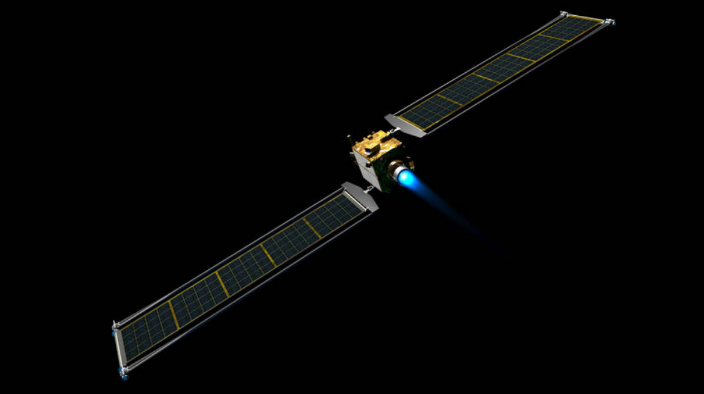
Mission control rooms rarely celebrate hard landings, but the collision of NASA’s DART spacecraft with an asteroid was a smashing success. In September 2022, the spacecraft plunged into Dimorphos, a small asteroid moon orbiting a larger space rock called Didymos. The goal of the mission was to bring Dimorphos a little closer to its parent asteroid, shaving its 12-hour orbit around Didymos by several minutes.
The Double Asteroid Redirection Test, or DART, is the world’s first attempt to change the motion of a colliding asteroid with a space probe. Neither Dimorphos nor Didymos pose a threat to Earth, but seeing how well the DART maneuver worked will reveal how easy it is to manipulate an asteroid’s trajectory, a strategy that could protect the planet if a large asteroid is ever discovered on a collision course with Earth.

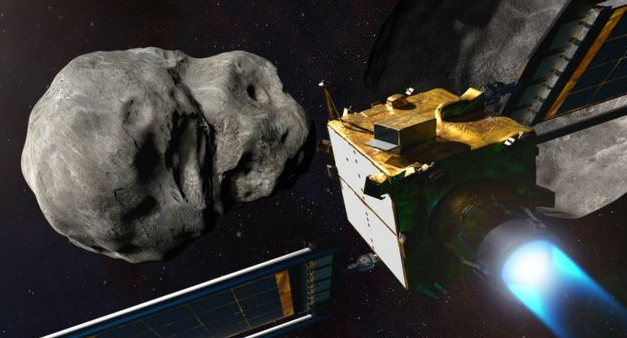
Astronomers have detected nearly all of the kilometer-sized asteroids in the solar system that could wipe out civilization if they hit Earth, but when it comes to space rocks around 150 meters wide, like Dimorphos, you only know where. 40 percent of them are there and that’s something that, if it hit, would certainly wipe out a city.
After a 10-month journey, DART encountered Didymos and Dimorphos near their closest point to Earth, some 11 million kilometers away. Until the end of its journey, DART could only see the largest asteroid, Didymos, but about an hour before impact, DART saw Dimorphos in its field of view. Usando su cámara a bordo, la nave espacial se dirigió hacia la pequeña luna del asteroide y se estrelló contra ella a unos 6,1 kilómetros por segundo, o casi 14.000 millas por hora.
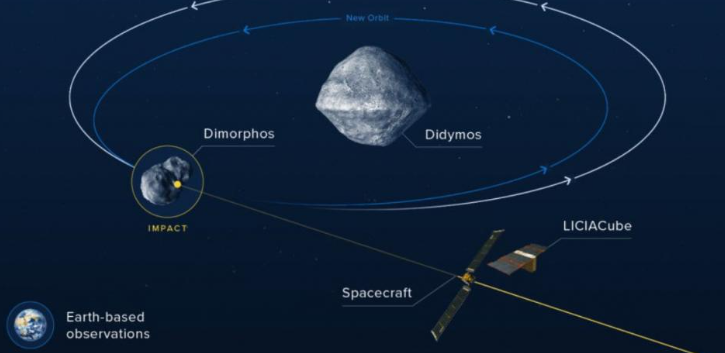
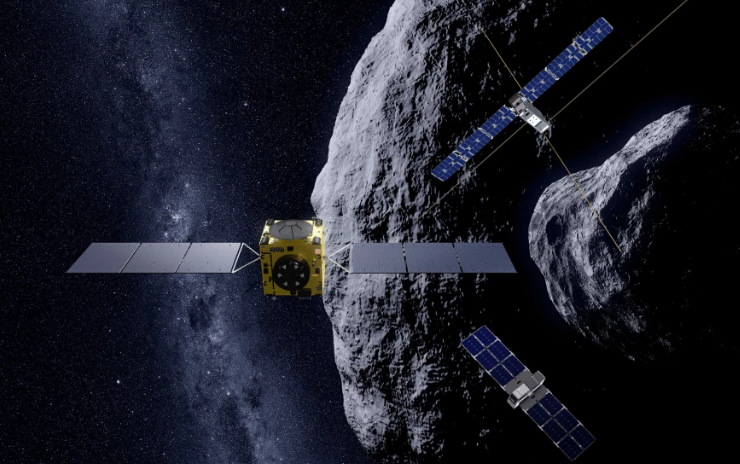
La transmisión de la cámara de DART se oscureció después del impacto, pero otra sonda cercana captó la colisión en cámara. The lightweight Italian CubeSat for asteroid imaging traveled to Dimorphos aboard DART, but was detached a couple of weeks before impact to observe the event from a safe distance; their mission was to speed past Dimorphos about three minutes after DART impact to take pictures of the crash site and the resulting plume of asteroid debris hurled into space.
The DART impact is expected to push Dimorphos into a closer and shorter orbit around Didymos. Telescopes on Earth can time that orbit by watching how the amount of light from the double asteroid system changes as Dimorphos passes in front of and behind Didymos. El equipo de DART comparará los datos sobre la nueva órbita de Dimorphos con sus simulaciones por computadora para ver qué tan cerca estaban esos modelos de predecir el comportamiento real del asteroide y ajustarlos en consecuencia.
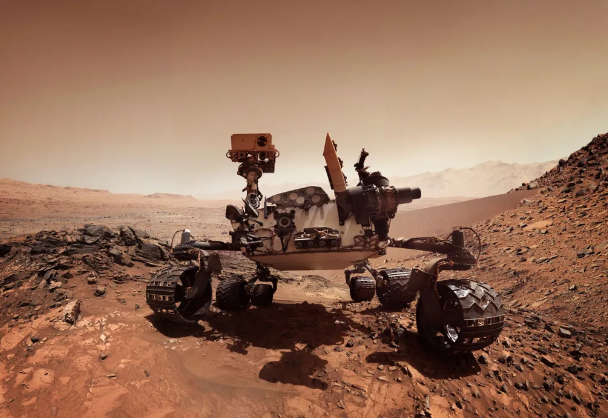
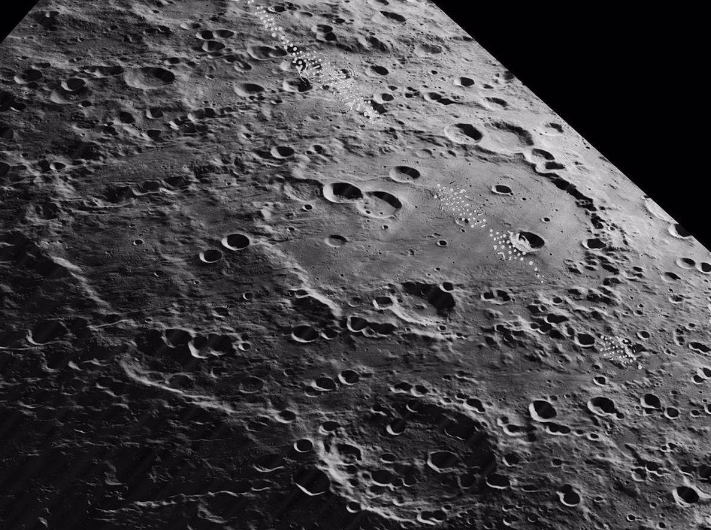
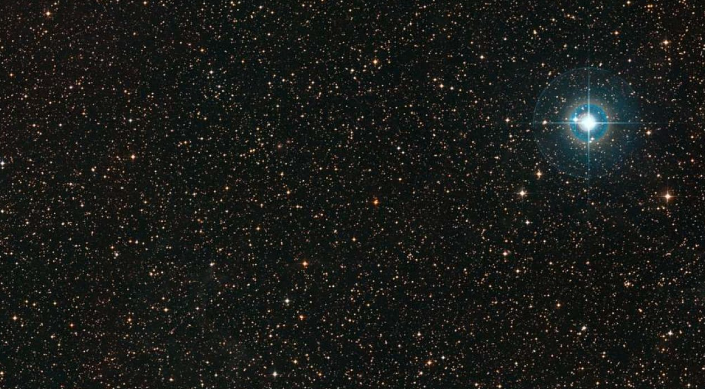
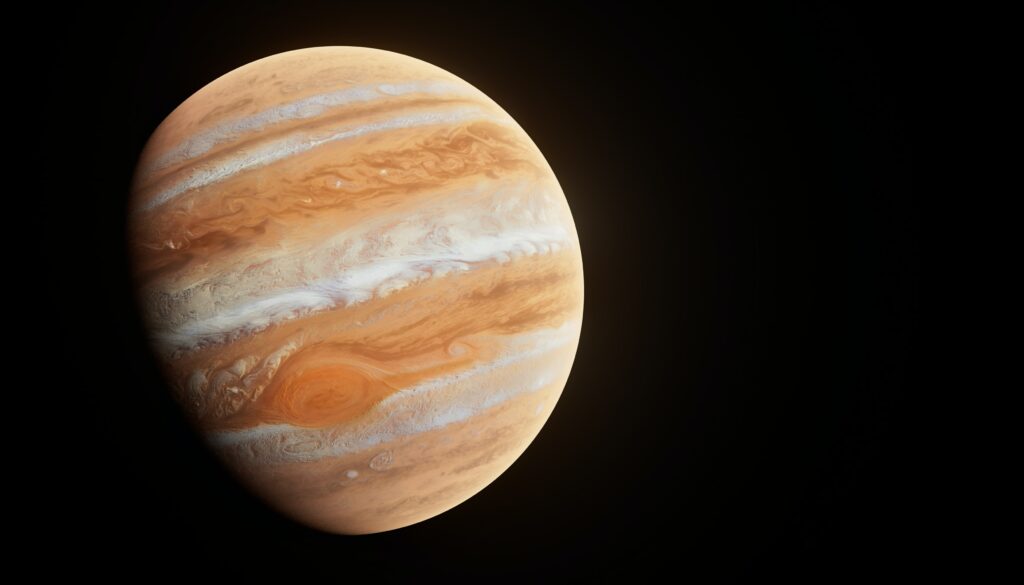
Responses